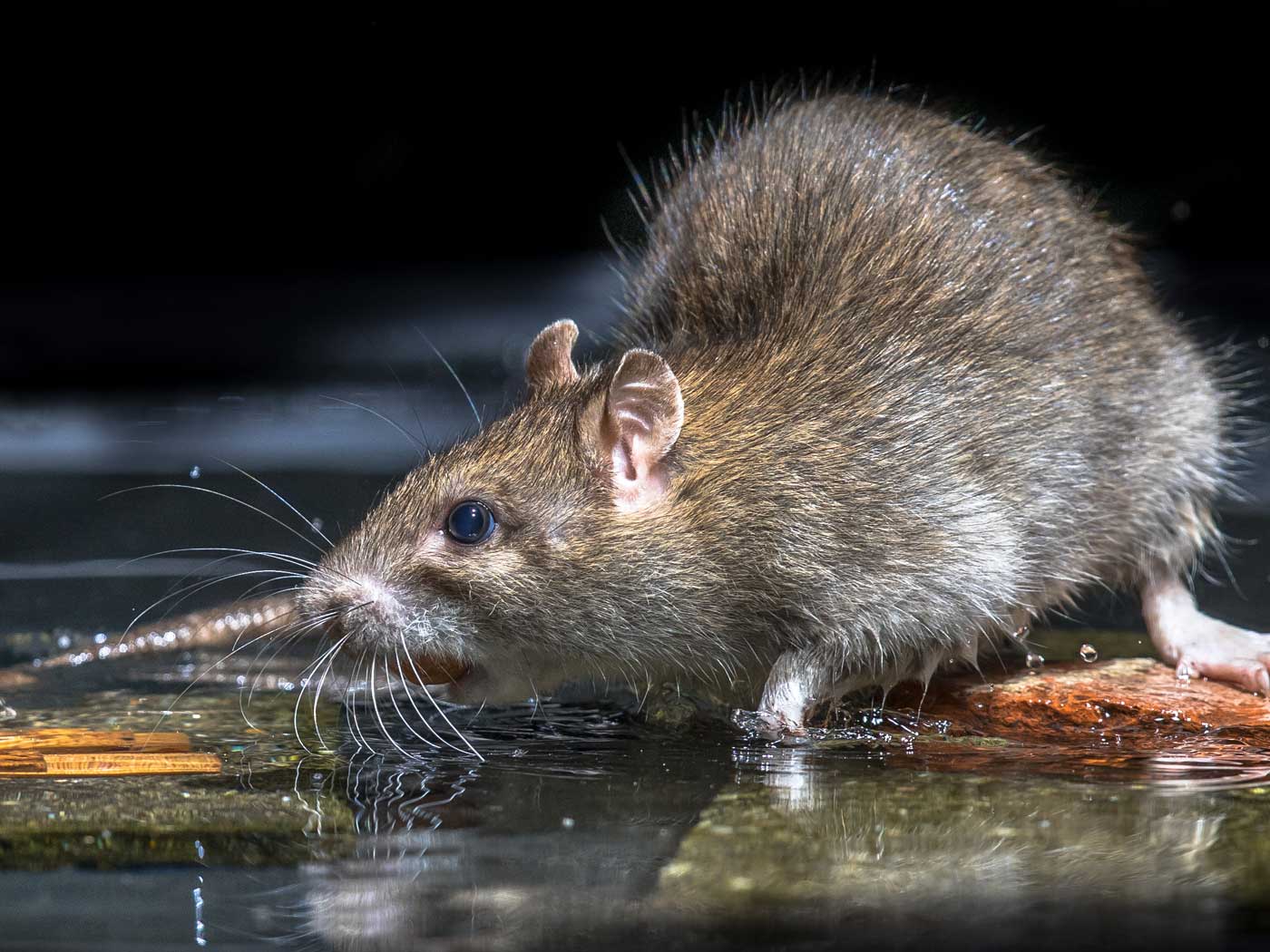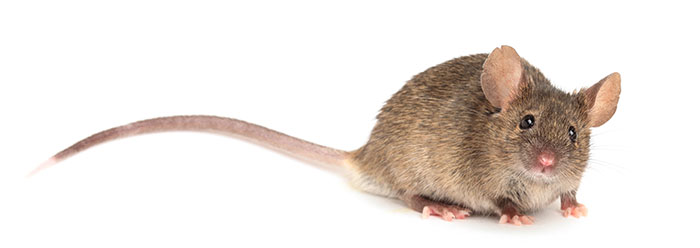"But God giveth it a body as it hath pleased Him, and to every seed his own body" (I Corinthians 15:38).
In this verse is a remarkable confirmation of one of the fundamental concepts of biology-the cell theory. Each "seed" (essentially a fertilized egg) has the potential to become a unique body.
Jesus said that if "a corn of wheat fall into the ground and die," it would bring forth "much fruit" (John 12:24). This is both a spiritual and a scientific truth. A new body only comes from the death of the old body. The cell line, or hope for the future, is surrounded by supporting cells from the old body in the kernel of corn or grain of wheat. These supporting cells "give their lives" to ensure the continuance of the type or "kind of flesh" (I Corinthians 15:39) being propagated.
Note that the growing of seeds is an object lesson about the resurrection. Just as Christ died for our sins, He also rose again on the third day (vv.3-4). But, there were some (and there are some today) who said there is no resurrection from the dead. Yet Christ is "risen from the dead, and become the firstfruits of them that slept" (v.20).
Some might ask how a man could be raised from the dead and in what form (v.35). The dead are sown in a body destined to die, but the essence of that life is raised in a spiritual body which will never die again (vv.42-44).
When the true seed (fertilized egg) starts out, it has all the potential of the growth and developmental stages within this one cell. What follows in development is merely an expression of the full knowledge inherent in that single cell. No cell, after that stage, can have more potential, and most lose some of what has been passed on. Most important, however, is the lesson that when we as Christians die, we will be quickened into a spiritual life by Christ, who prepared the way (v.45). This was done because it "pleased Him." KBC


















